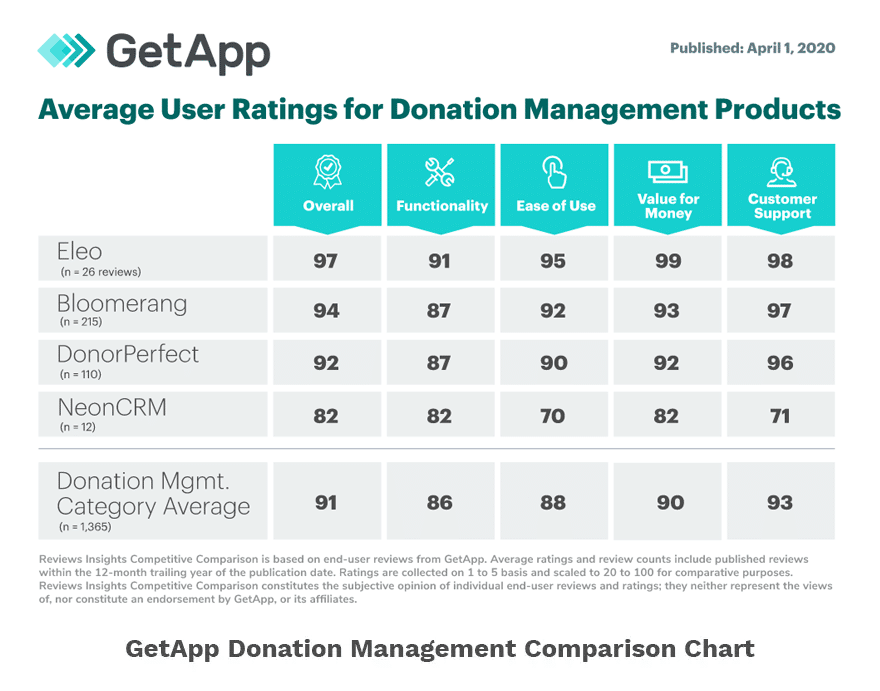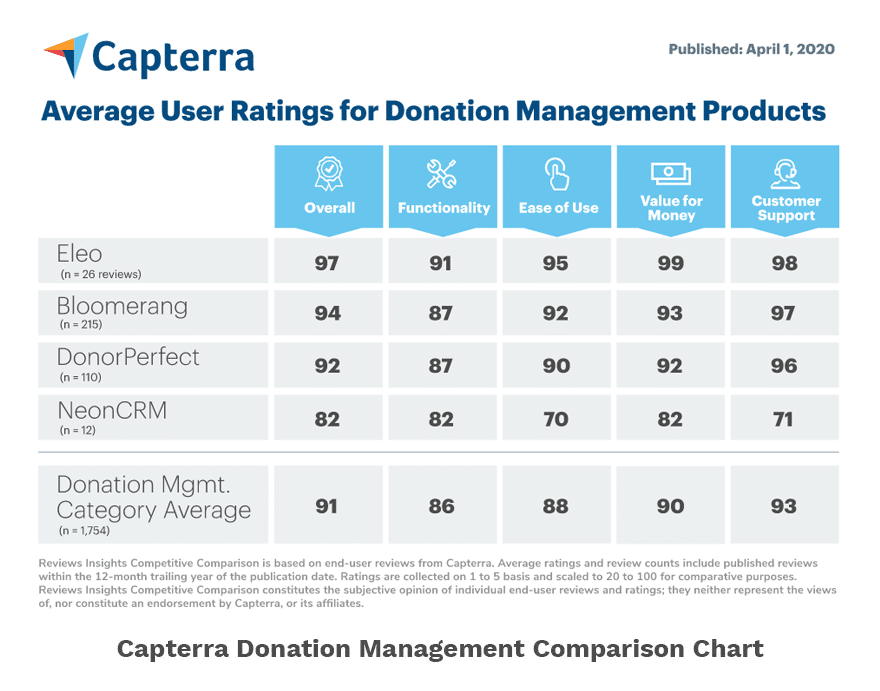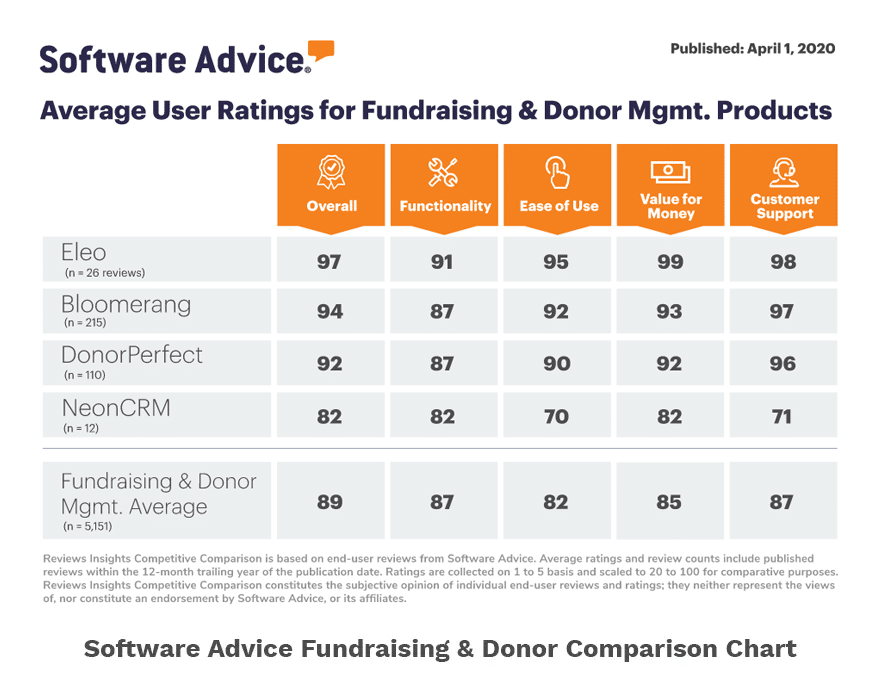
Every nonprofit, large and small, is under constant pressure to increase awareness of the organization and expand their donor base.
There are dozens of ways to find potential donors, from live events and social media to good old-fashioned phone-a-thons and community networking. These are all tactics that fall under the umbrella of marketing.
One of the most important functions of marketing is lead generation. The goal of a small business is to convert these leads into customers; the goal of a small nonprofit is to convert leads into donors. The general principles and strategies behind lead generation for small business and small nonprofits are incredibly similar. That’s because successful small nonprofits operate like successful small businesses!
They both have budgets. They both create forecasts. They both have documented processes, procedures, and best practices. And they both have strategies for lead generation.
Lead generation is one of those terms that can seem intimidating if you don’t understand it. Let’s break it down and discuss why small nonprofit lead generation is so important!
What Is a Lead?
In the business world, a lead is a person or entity with an interest in what a company is selling. In the nonprofit world, a lead is a person or entity with an interest in a nonprofit’s mission.
In both cases, a lead is not just a prospect, but a qualified prospect. Of course, every nonprofit wants as many leads as possible, which brings us to lead generation.
What Is Nonprofit Lead Generation?
Nonprofit lead generation is the process of finding people who support your mission and creating interest in your nonprofit. In other words, you’re generating leads who are potential donors, volunteers, staff, and board members, depending on their level of interest and their passion for your cause.
Once you’ve identified people who are interested in your nonprofit (aka leads), you build relationships with those people, educate them about your organization and mission, invite them to engage and participate, collect data on each person, and ideally have them make a donation.
Why Is Nonprofit Lead Generation Important?
That’s kind of an easy question, right? Without new lead generation, nonprofits can find themselves lacking the funding necessary to continue their work. While previous donors are important too, every nonprofit needs new donors so the organization can continue to function!
To expand on that point – Donor retention rates are typically low, between 40 and 50 percent. Demand for services for many nonprofits can fluctuate, with peaks and valleys across the years. Many nonprofits want to expand their services and improve how they operate, which often requires investments in staff and technology. These are all reasons to develop a lead generation strategy that helps you connect with the right people, nurture those relationships, and expand your donor base.
“If you build it, he will come” may have worked for Kevin Costner in a movie, but small nonprofits need a more reliable strategy for finding donors. Nonprofits cannot just exist and expect donors to flock to their cause. A concrete lead generation strategy is necessary, no matter the size of your organization. For example, anyone can throw together a mailer, but is it professionally designed? Does it have the right message and call-to-action? Is it being sent to the right people? Is it formatted in a way that keeps postage costs down? Is there a way to track the response and measure return on investment?
Your small nonprofit can create a successful lead generation strategy, but it takes time, resources, and planning! Read our next blog article to learn different ways for small nonprofits to generate leads, including time-honored techniques used for decades, and new tactics you may not have considered.





